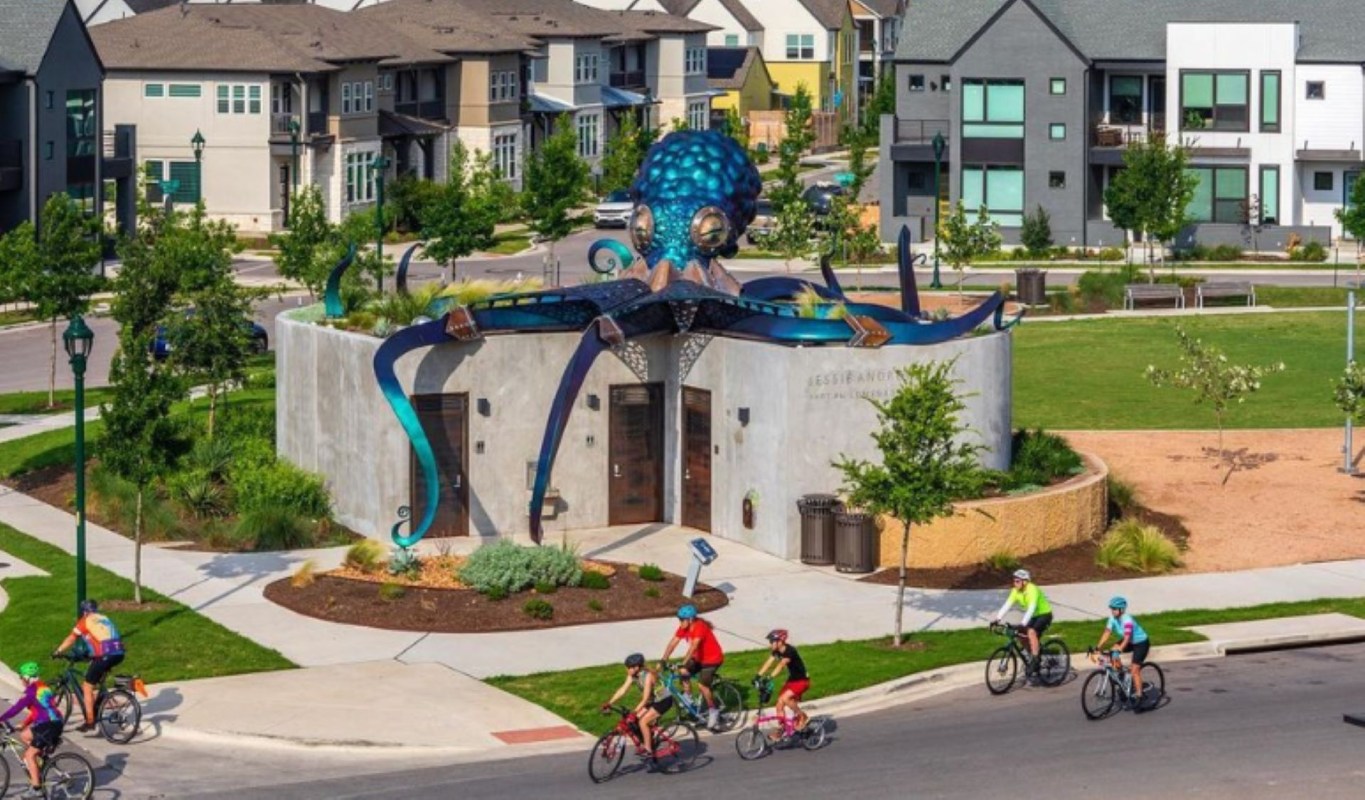Once a bustling hub for domestic travel, Austin's Mueller Airport has been transformed into a bustling and affordable neighborhood of more than 4,000 homes (with more planned), parks, shops, and more only a few miles from downtown.
Since the first homes were built in 2007, the Mueller Community in Austin has become a shining example of how "new urbanism" neighborhoods can create sustainable, affordable, and walkable cities in America.
What is new urbanism?
New urbanism is an urban planning and design movement that focuses on creating walkable, mixed-use neighborhoods with a range of housing options, from low-income mixed units to high-value single-family homes.
Communities like Mueller are designed to reduce the dependence on cars while increasing opportunities for small business development and social interaction for residents.

Why is new urbanism important?
New urbanism developments highlight a growing demand for more walkable, sustainable, and affordable cities in America.
Residents in walkable cities can leave their cars in the driveway when running errands or commuting, helping them reduce their energy costs and impact on the planet — but the benefits of walkable cities extend beyond sustainability efforts.
Living in a walkable place that promotes active living can improve mental health, reduce rates of chronic disease, and foster social interaction. Researchers from California found a correlation between walkable street networks and reduced rates of obesity, diabetes, asthma, and heart disease.
New Urbanist neighborhoods also foster social interaction and build ties among neighbors by intensifying the use of public spaces and reducing traffic on streets. These neighborhoods have been shown to have fewer fatal automobile accidents by a factor of three and even reduce crimes such as burglary, vandalism, theft, and violence.
What sets many new urbanist neighborhoods apart from walkable neighborhoods is the inclusion of affordable housing. Out of the 4,000 homes already built in Mueller, about 35% meet affordability standards.
How new urbanism is shaping property development
Recently, one of the biggest drivers behind new urbanism has been a set of lessons learned from the pandemic. COVID-19 highlighted the importance of walkability and accessibility to local amenities, such as grocery stores, parks, and community centers.

With shifts in consumer sentiments, property developers are beginning to see the upside in building walkable neighborhoods that provide a range of amenities and public spaces that foster a sense of community and social interaction.
Join our free newsletter for cool news and actionable info that makes it easy to help yourself while helping the planet.









